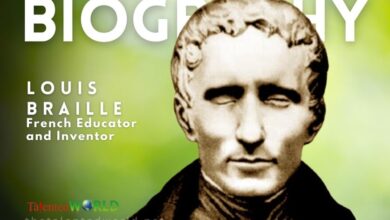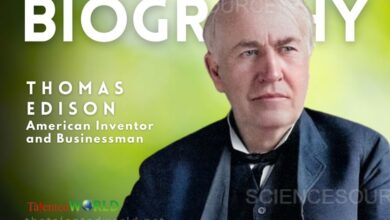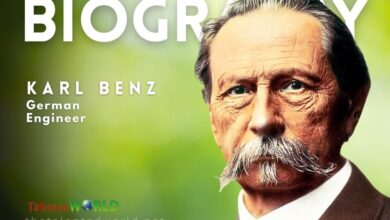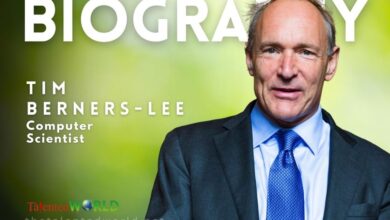Quick Facts
| Category | Information |
|---|---|
| Full Name | John Logie Baird |
| Date of Birth | 13 August 1888 |
| Place of Birth | Helensburgh, Dunbartonshire, Scotland |
| Date of Death | 14 June 1946 |
| Place of Death | Bexhill, Sussex, England |
| Education | – Larchfield Academy, Helensburgh – Glasgow and West of Scotland Technical College – University of Glasgow |
| Occupations | – Inventor – Entrepreneur |
| Organizations | – Consulting technical adviser, Cable & Wireless Ltd (from 1941) – Director, John Logie Baird Ltd – Director, Capital and Provincial Cinemas Ltd |
| Known for | – Demonstrating the world’s first live working television system – Inventing the first publicly demonstrated color television system – Achieving the first transatlantic television transmission |
| Spouse | Margaret Albu (m. 1931) |
| Children | 2 |
| Awards | – Member of the Physical Society (1927) – Member of the Television Society (1927) – Honorary Fellow of the Royal Society of Edinburgh (1937) |
| Recognition | – Named one of the 10 greatest Scottish scientists in history (2006) – Inducted into the Scottish Engineering Hall of Fame (2015) – Bronze street plaque unveiled by IEEE in London (2017) – John Logie Baird 50p coin unveiled by the Royal Mint (2021) |
| Early Years | – Born to the Reverend John Baird and Jessie Morrison Inglis – Educated at various institutions including Larchfield Academy, Glasgow and West of Scotland Technical College, and University of Glasgow – Took engineering apprentice jobs during his education – Volunteered for service in WWI but classified as unfit for active duty – Worked for Clyde Valley Electrical Power Company during WWI munitions work |





